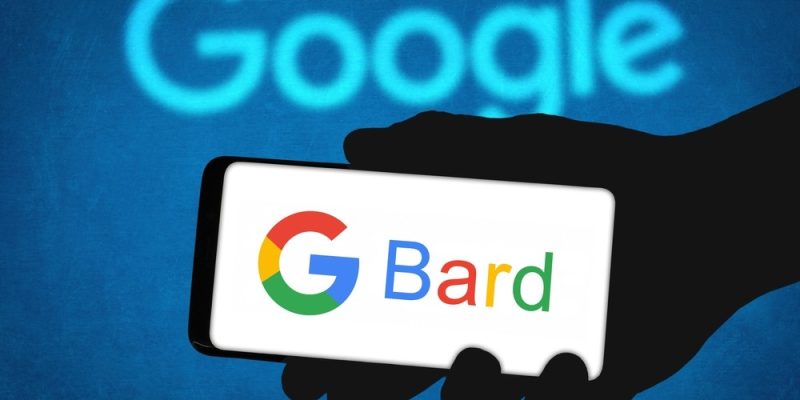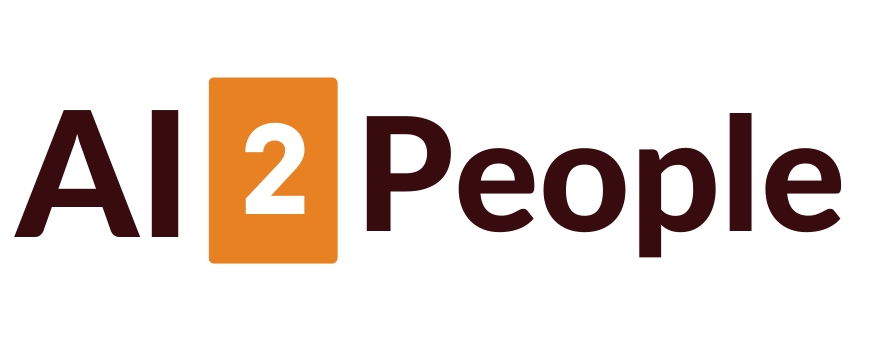
Google’s BARD AI Chatbot: A New Challenger in the AI Market
Google has taken a significant step in expanding its artificial intelligence (AI) portfolio with the launch of BARD, an AI-powered chatbot that competes with other major players such as Microsoft Bing and OpenAI’s ChatGPT. BARD’s primary objective is to improve productivity, stimulate innovation, and foster curiosity.
BARD’s Technical Features: The Power of LLMs
BARD runs on a Large Language Model (LLM), which is a lightweight and optimized version of LaMDA. Over time, BARD will incorporate more advanced models to enhance its performance further. As more people use LLMs, they become better at predicting useful responses.
BARD is designed to complement Google Search by allowing users to verify its responses or explore sources across the web. Operating as a standalone webpage, BARD has a single question box instead of being integrated into Google’s search engine. This strategic approach enables Google to adopt new AI technology while maintaining the profitability of its search engine business.
Google’s Approach to Unreliability Concerns
Google is taking a cautious approach to releasing BARD in response to concerns about chatbot technology’s unreliability, as demonstrated by competitors. Google acknowledges that LLMs can sometimes produce biased, misleading, or false information.
To address these concerns, BARD users can choose from several drafts of its response. You can continue to collaborate with BARD by asking follow-up questions or requesting alternative answers.
Google’s Pursuit of AI Products
Since OpenAI’s release of ChatGPT and Microsoft’s introduction of chatbot technology in Bing, Google has made AI its central focus. The company’s internal teams, including AI safety researchers, are working collaboratively to expedite approval for various new AI products.
Google’s work on BARD is guided by its AI Principles, which prioritize quality and safety. The company employs human feedback and evaluation to improve its systems. It has implemented guardrails such as limiting the number of exchanges in a dialogue to keep interactions productive and on-topic.
Google Started to Work on Bard in 2015
Google has been developing the technology behind BARD since 2015. However, like OpenAI and Microsoft’s chatbots, BARD has not been released to a broader audience due to concerns about generating untrustworthy information and potential biases against certain groups. Google acknowledges these issues and aims to introduce BARD to the market responsibly.
Sign up at bard.google.com
You can try out BARD by signing up at bard.google.com. Access is currently available in the US and the UK, with plans to expand to more countries and languages over time. If you live outside the US or UK, you can still experiment with BARD using a VPN. Google requires users to have a Gmail address to sign up, and it doesn’t accept Google Workspace email accounts.
Conclusion
Google’s BARD chatbot represents the company’s foray into the chatbot market, which OpenAI and Microsoft currently dominate. BARD’s technical specifications, cautious rollout, and availability are crucial considerations for businesses looking to incorporate chatbot technology into their operations. Although BARD is still in its early stages, Google’s commitment to quality and safety will likely make it a formidable contender in the chatbot market.





















